The Indonesian Blue Tongued Skink (T. gigas gigas Schneider, 1801)
(New Guinea, Moluccan, Sumatra, Sonoran, Giant blue tongue, and many more are nothing but fancy names for the "Indonesian blue tongued skink)
Many breeders try to give the Indonesian its own special name corresponding to their different localities in Indonesia. They are however, not real names, and are usually just dishonest ploys to get more money out of the animal than it's actually worth.
The Merauke and the Kei Island, although actual subspecies, are also sometimes associated under the Indonesian label, especially by people with an untrained eye. You may very likely find a Merauke or a Kei Island in a pet shop being sold as an Indonesian.
Most (not all) Indonesian blue tongued skinks (and Irian Jaya) you see in a pet store are wild caught imports. They are often very unfriendly because they are WILD, and not used to human contact making them undesirable and unhappy. There are plenty of blue tongued skinks for sale that are born captive, and ready to be great pets. If you see a Northern in a pet shop, it is most assuredly a CaptiveBred because exporting from Australia is highly illegal. It is however NOT illegal to export reptiles from Indonesia, and that's why almost all pet shop blue tongues are Indonesians or Irian Jaya. Many untreated wild blue tongues are full of internal parasites, worms, ticks, mites, and anything else they endure in their natural habitat. If you purchase a wild animal, don't be surprised if it dies not too long after you buy it. A sudden change in climate and environment can be deadly to the animal. Apart from natural problems, wild exports are not exactly brought here on a vacation yacht. Conditions are typically dirty and dark, and animals are just thrown together in crates and bags. Many do not even survive the trip. You may end up spending hundreds of dollars on vet visits for an animal that is on its death bed. Please do your homework before you buy! It may be hard to detect a sick animal if you do not have a trained eye, so ask for some history or records. If they can't provide it, I wouldn't buy it. It's incredible to me how a pet store almost always acts like they have no idea where their BTS came from. Normally, they of course buy from importers who have no particular name or company and many stores don't even keep records. Don't be fooled; animals don't just mysteriously show up on people's doorstep. Private breeders are best. Apart from all that, the Indonesian can come in MANY different colors including green, orange, red, gray and even yellow! Almost all Indonesians have nearly solid black legs.
Distinguishing marks:
Solid black legs with minimal white fleckingboth anterior and posterior legs
Very thin horizontal stripes (usually no stripes that encase a separate color)
Top of head is typically very smooth lacking deep crevices or large protuberating scales
Tail (and even body) is often very mottled sometimes to the extent of being a solid color
Scales on top of head often separated/outlined with dark lines (Merauke lacks this)
Feet and toes are often larger/ruggedized compared to other species of BTS 1, 2
Tongue is typically a very light shade of blue which turns pink at about the halfway point 1, 2, 3
NOTE: There are many color/pattern variances throughout Indonesia and neighboring islands and provinces
Further Reading Thanks to James Wilson
Indonesians from the Zany Zoo in Oregon!
Indonesian Flag & National Anthem
Map of Indonesia
Many of the following images may be enlarged
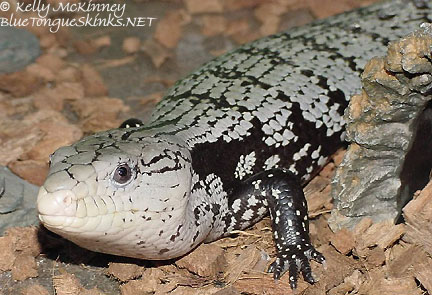
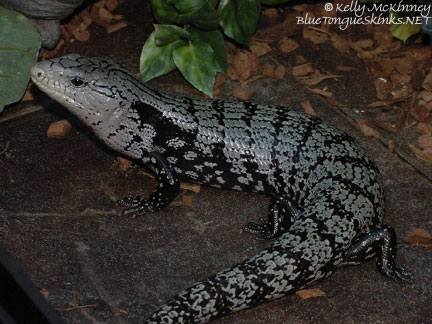
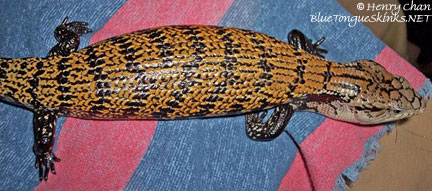
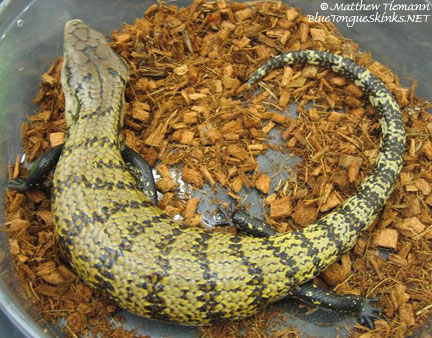
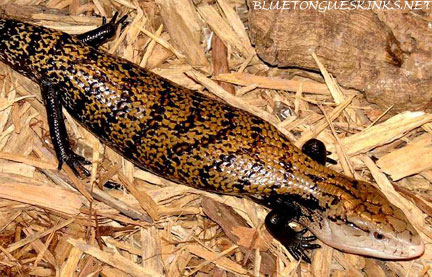
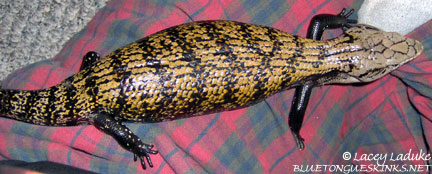
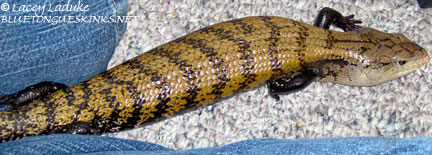
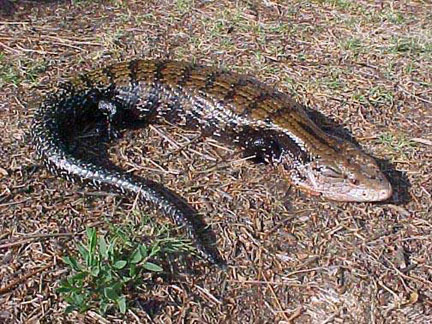
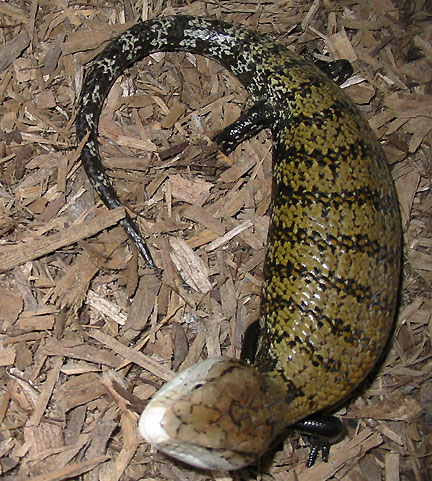

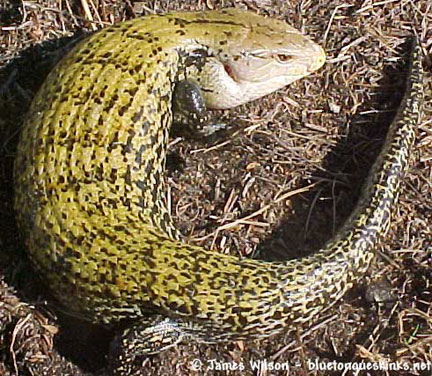
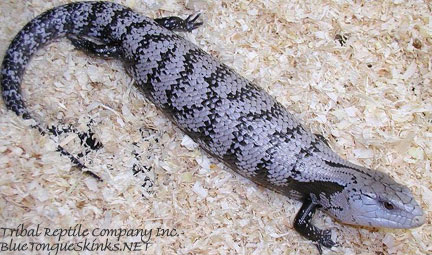
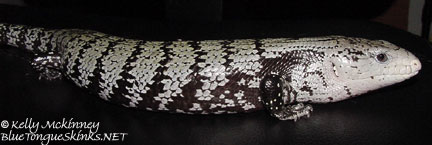
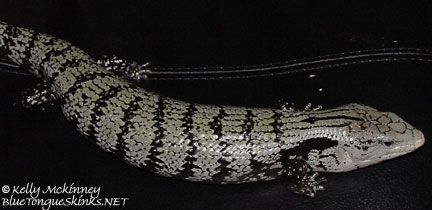
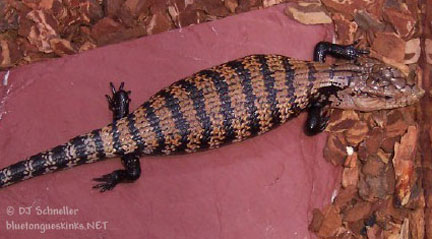
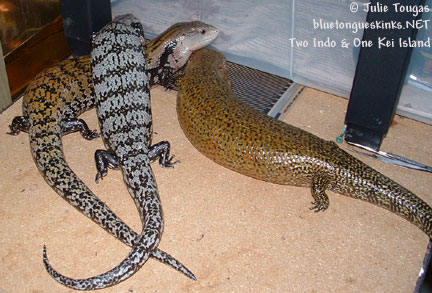
Click above picture to enlarge
Indonesian babies
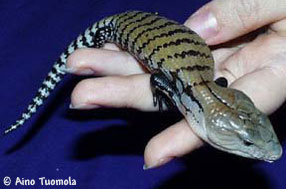
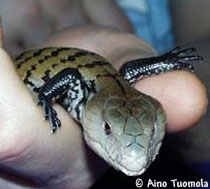
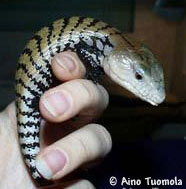
 ฎ
ฎ
 ฎ
ฎ